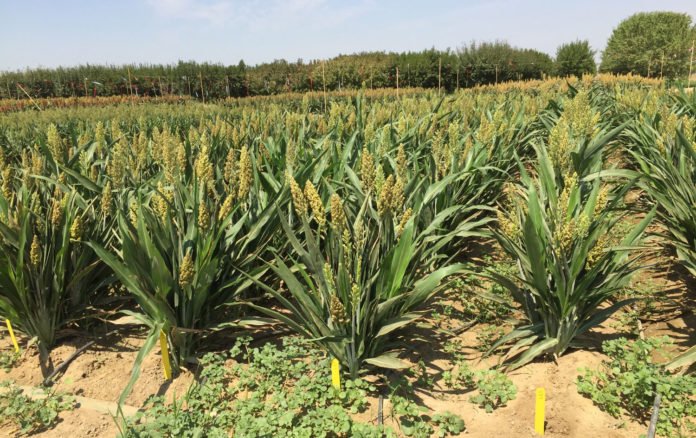A new study by the Department of Plant and Microbial Biology (PMB) suggests that presenting sorghum plant to drought conditions may enrich of a distinct set of microbes in roots. It hints that drought reorganizes plants’ microbiomes.
Sorghum is known for its drought tolerance. To understand the relationship between drought and sorghum’s microbiome, the research team studied a full 17-week growth cycle of the plant. They took samples from soil near the plants’ roots and rhizosphere—a microbe-rich soil region surrounding the root that is full of root secretions.
Studying those samples, scientists found that under drought conditions, the improvement of a plant’s microbial group is postponed and the decent variety of microorganisms in the rhizosphere diminishes. Be that as it may, once a plant’s entrance to water is reestablished, its microbiome recovers its assorted variety of microscopic organisms.
According to scientists, the discovery could offer a potential pathway for controlling plant microbiomes in crops that are less drought tolerant than sorghum.
PMB faculty members Devin Coleman-Derr, Peggy Lemaux, and John Taylor conducted the research at the UC Kearney Agricultural Research and Extension Center. The following PMB graduate students and researchers also contributed to the study: Zhaobin Dong, Cheng Gao, Mary Madera, Daniel Naylor, Grady Pierroz, Tuesday Simmons, Yi Wang, and Ling Xu.
Coleman-Derr said, “This research represents an important step forward in our understanding of how and when plants recruit their microbial partners from the surrounding environment.”
Lemaux said, “We hope our work will provide similar strategies in other less drought-tolerant crops that can be used to increase our capacity to provide food and animal feed in the face of challenges from climate change. In the end, this treatment strategy might give plants one more tool to help them survive drought.”
The study is published today in PNAS.
